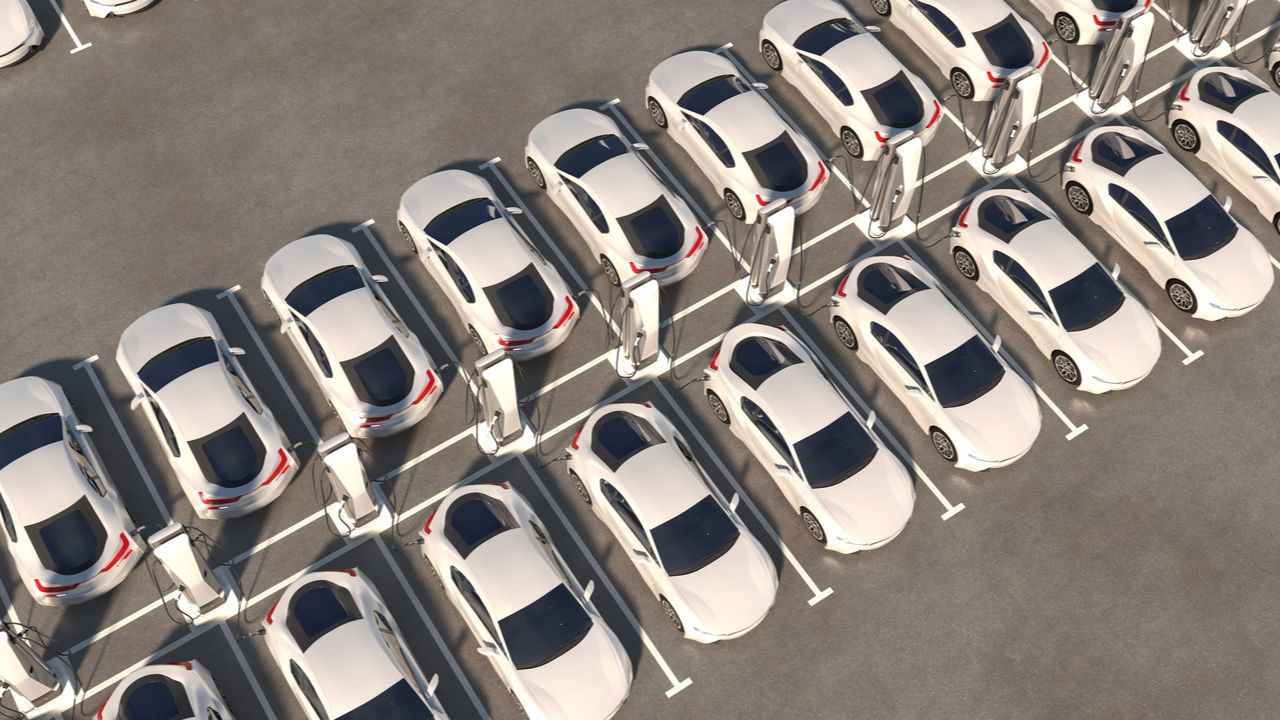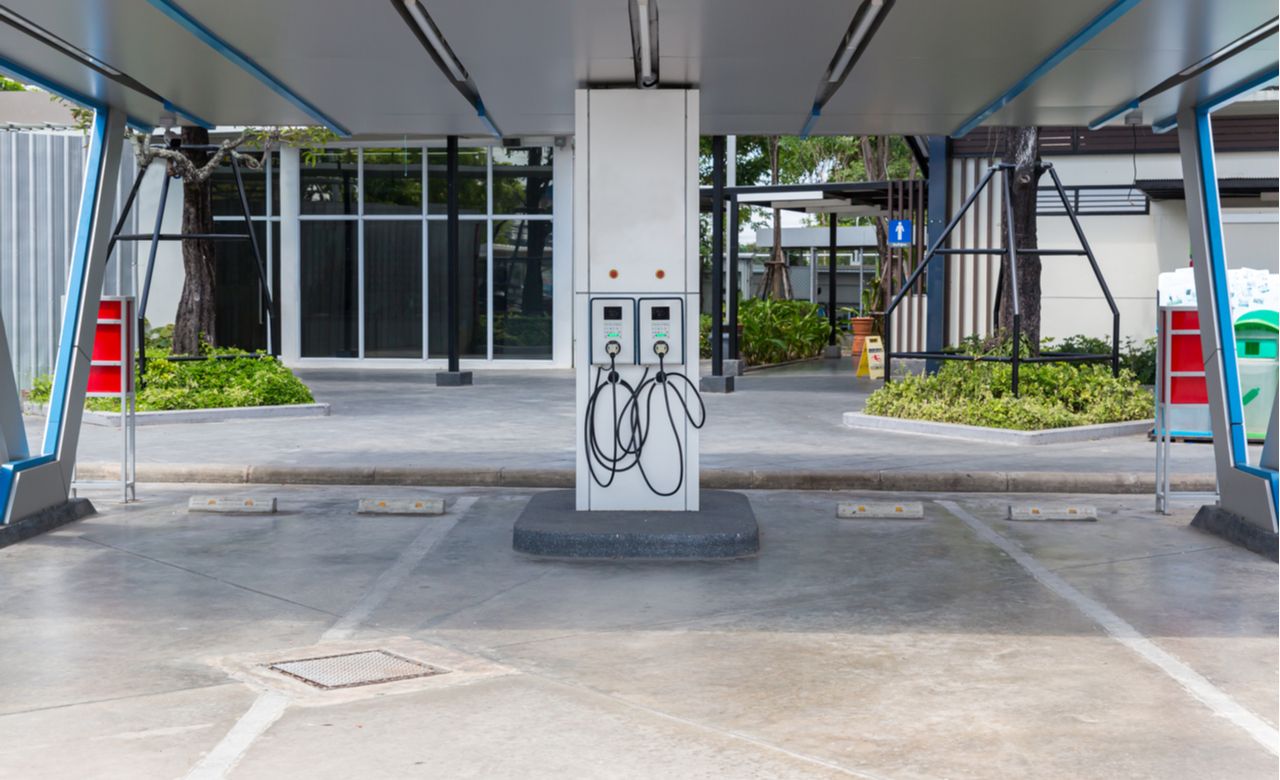This website uses cookies so that we can provide you with the best user experience possible. Cookie information is stored in your browser and performs functions such as recognising you when you return to our website and helping our team to understand which sections of the website you find most interesting and useful.
It’s been almost half a decade since the UK’s Secretary of State for Transport Chris Grayling confidently announced in 2017 that fully autonomous vehicles would be on UK roads by late 2021. It was part of a government-led drive to position the UK as a world leader in connected and autonomous vehicles (CAVs) rollout that would see the government adopting a soft-touch approach to CAV legislation.
The drive towards CAVs continues. In April 2021, the government announced tentative plans to allow cars with automated lane-keeping systems (ALKSs) at speeds of up to 37mph on UK motorways, pending changes to the Highway Code and Road Traffic Act 1991 to accommodate the new technology. It is, however, telling that plans appear to have been quietly shelved—indicating that the major hurdle in the way of CAV adoption isn’t a technological challenge but a regulatory block.
Vehicles and infrastructure—the current picture
The Society of Automotive Engineers (SAE) has already set out an index for defining levels of automation in vehicles. It defines level-0 vehicles as offering no automation, with the driver responsible for all tasks within the vehicle, while fully self-driving level-5 vehicles may not even require ‘essential’ features like steering wheels. The vast majority of vehicles sold in the UK already offer level-1 driver-assist features like cruise control and blind-spot detection.
Level-2 vehicles, in which the driver must monitor the roads and be ready to retake control, are already on UK roads in relatively small numbers, in the form of Tesla’s autopilot system and some advanced parking-assist functionality. New EU regulations state that new vehicle designs should incorporate safety-focused level-2 features like speed limiters and intelligent speed assist from May this year.
While the first level-3 vehicles, such as Audi’s next-generation A8, offer automation that doesn’t require drivers to keep an eye on traffic, it will be illegal to use such systems in the UK until the government gets its awaited ALKS legislation back on track.
Level-4 CAVs don’t require a driver to be aware of the road and traffic but vehicles may occasionally request human assistance. The technology is already in place for Level 4 and 5 CAVs and commercial feasibility trials for carrying passengers in Oxford, Birmingham, Bristol, Milton Keynes and Greenwich were described as successful.
Level-5 vehicles, meanwhile, are truly driverless and may not even feature basic controls like steering wheels. While this might sound like the stuff of sci-fi, commercial level-5 vehicles are already commonplace in warehouses, where automated forklift trucks are revolutionising logistics.
The road network is, of course, more complex than the aisles of a warehouse. And highly specialised technological infrastructure is needed to support CAV rollout as levels of autonomy increase.

The challenges: technology
There is still a way to go and challenges to overcome before commercial CAVs are a mainstay on UK roads. Autonomous vehicles require a vast array of technology like sensors, cameras, lidar and radar to collect information about the road and traffic ahead—not to mention some pretty powerful processing to make sense of it all to make the right decisions, fast.
But much of that technology is already here: Most newer cars already come with basic level-1 and 2 technologies like GPS and parking assist, while Tesla has been offering drivers a more advanced level-2 hands-off driving experience since first hitting UK roads in 2019. Trials across UK cities tested commercial passenger CAVs on specially-designed routes. Systems that can reliably identify and react to objects and deal with roadworks, adverse weather conditions or the complexities of urban journeys aren’t quite there yet.
Infrastructure
The UK already has Intelligent Transport Systems (ITS) which allow some vehicle-to-infrastructure (V to I) communication. Currently, this is largely limited to level-1 autonomous functions like navigation, speed limit alerts and toll point fare collection.
The first 5G-connected roads have also appeared, and are helping cut congestion on some of the West Midlands’ busiest routes. However, there are—as yet—no solid plans for investment in the national coverage to support the massive flow of data needed for V-to-I and vehicle-to-vehicle (V-to-V) communication at scale. Smart motorways, although controversial, have paved the way for autonomous driving on 44 stretches of UK motorway and now account for some 345 miles of the UK’s 2,300-mile network.
The next generation of CAVs will be powered not by fossil fuels but by electricity. And here, the first supporting infrastructure is already well underway. The UK’s electric vehicle (EV) charge point locator app Zap Map states there are 50,900 connectors belonging to 30,343 charging devices at 19,104 public locations across the UK at the time of writing. And more than 700 new chargers are being added to the UK network daily.

Regulation and legislation
While technology and infrastructure rollout have largely kept pace with CAV adoption, the regulatory landscape has been slow.
The arrival of fully autonomous CAVs poses questions about legal liability for accidents that haven’t yet been fully explored or answered by legislators here in the UK. Some manufacturers have taken matters into their own hands: Mercedes-Benz recently announced it would accept liability for accidents that occur in cars fitted with its new Level-3 ALKS.
The government’s move to legalise ALKS in motorway traffic of up to 37mph is a step in the right direction but fundamental changes to the UK’s road vehicle legislation will be required before we see the first level-4 and level-5 vehicles on the road.
Conclusion
So when will we see the first commercial CAVs on UK roads? The answer depends on your working definition.
Parking assist, GPS and other level-1 automation features have been around a while, and we’re already starting to see the first level-2 and 3 automated domestic vehicles. Similarly-equipped commercial counterparts won’t be far behind.
Fully-automated and driverless vehicles are some way behind. But successful trials across the UK would suggest the technology isn’t lacking.
However, governments worldwide are currently grappling with the safety and legal implications of seeing more driverless vehicles on the road. And the legal and legislative challenges mean widespread adoption could still be some time off in the future.

